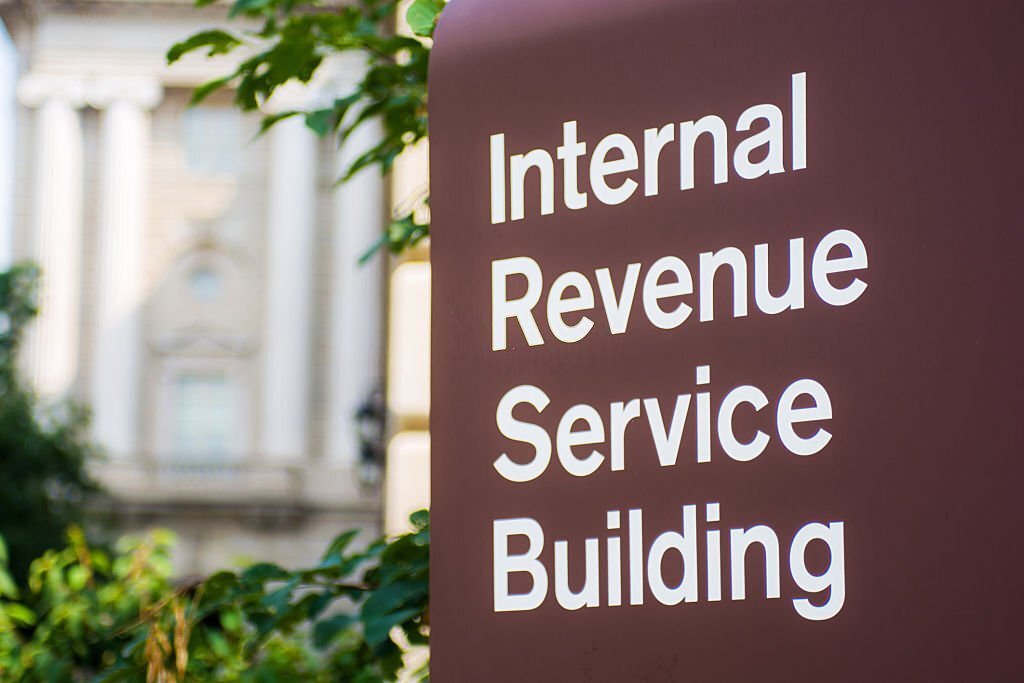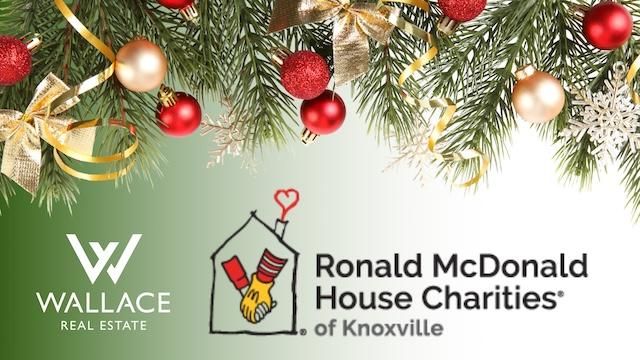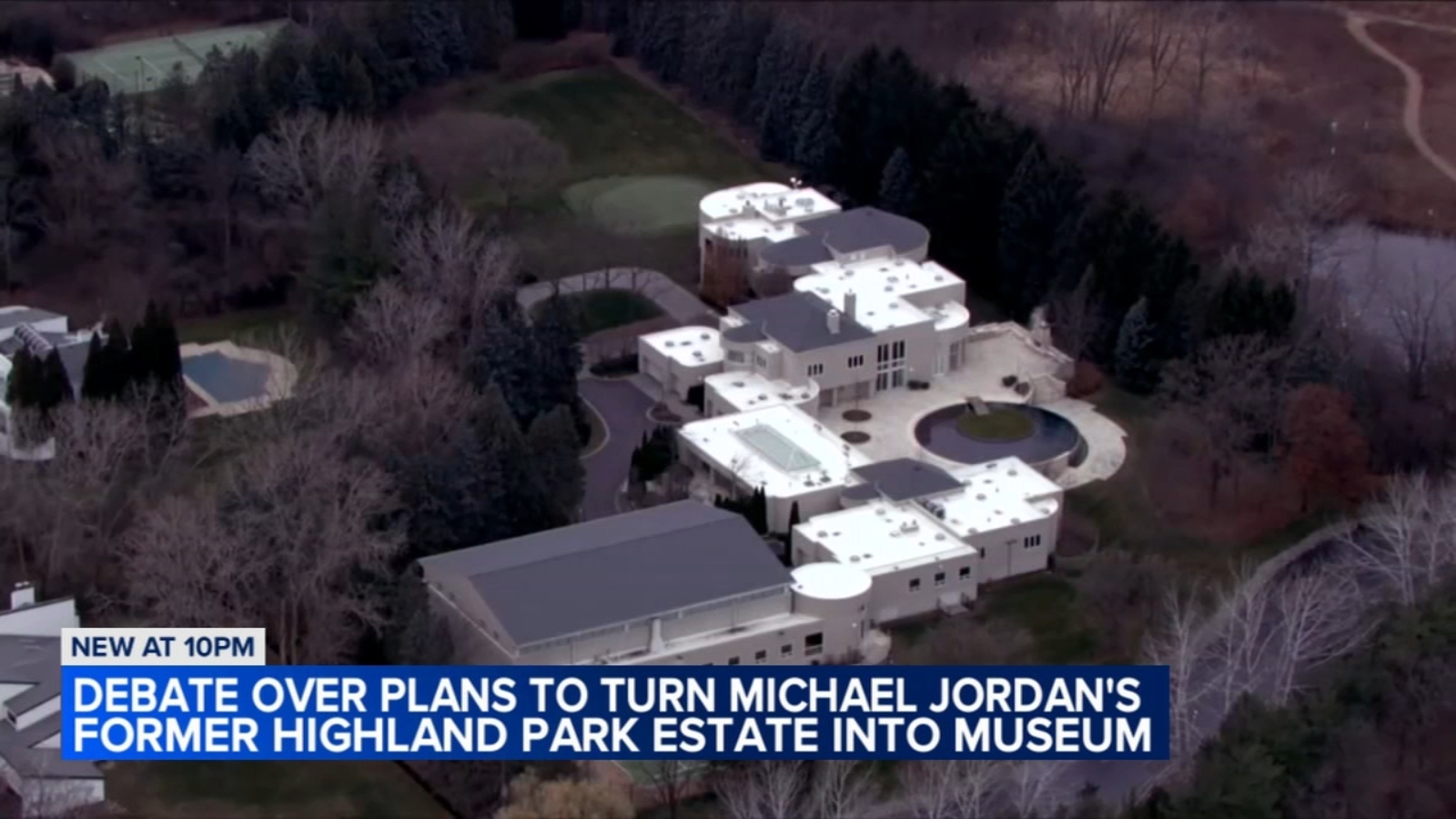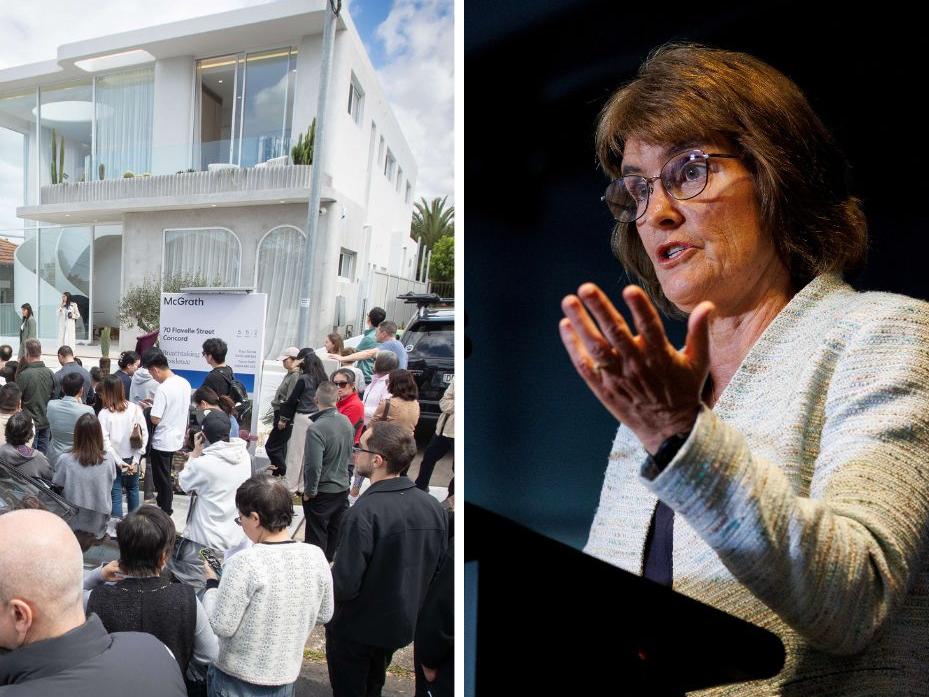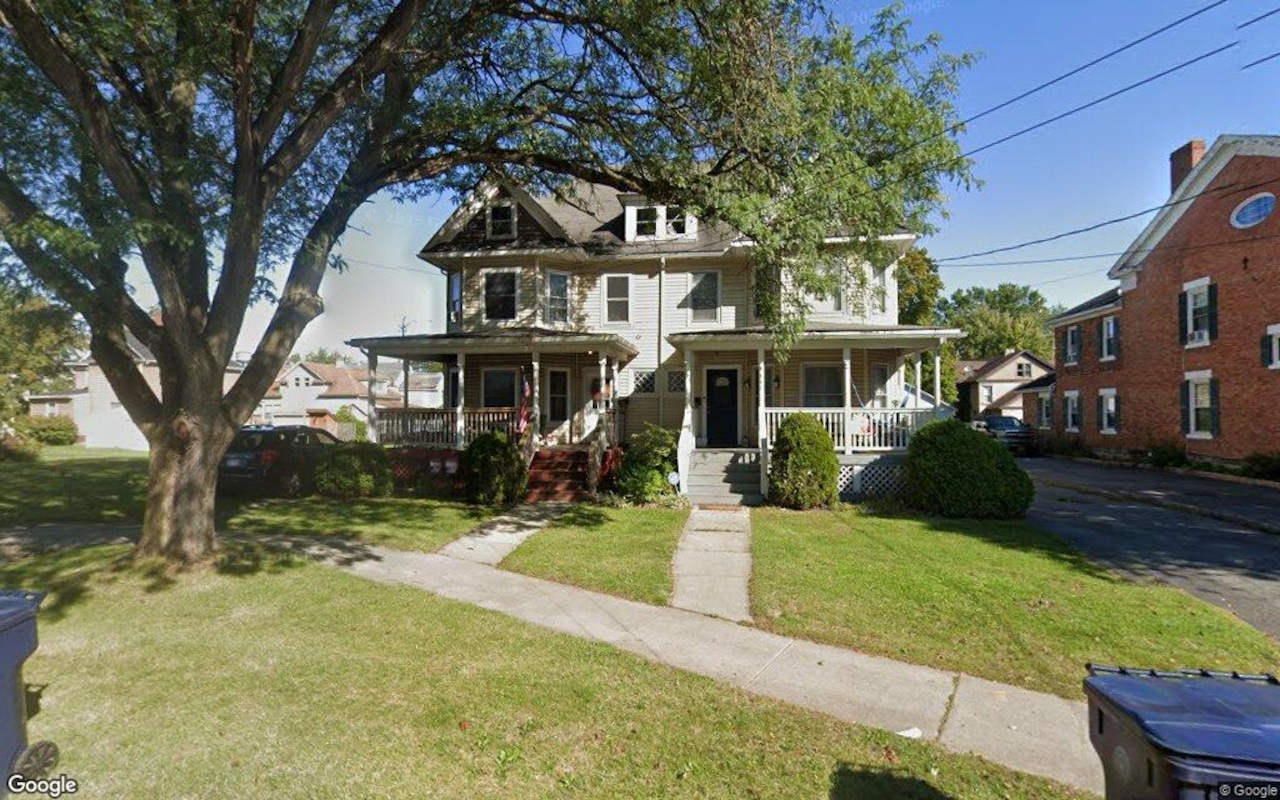O
n November 20, the Treasury Department and the IRS issued Notice 2025‑71, interim guidance on a new tax incentive for lenders that finance rural or agricultural real‑estate loans. The notice remains in effect until the Treasury and IRS publish the final regulations.
The incentive stems from Section 139L of the Internal Revenue Code, added by the One Big Beautiful Bill Act signed by President Trump on July 4, 2025. Qualified lenders may exclude 25 % of the interest earned on eligible rural and agricultural real‑estate loans from their federal taxable income.
Eligible lenders include:
* FDIC‑insured banks and savings associations;
* State‑ or federally regulated insurance companies;
* Entities wholly owned by a bank‑holding company under the International Banking Act of 1978, organized in the United States or its territories;
* Entities wholly owned by an insurance‑holding company under state law, organized in the United States or its territories;
* Federally chartered Farm Credit Act institutions under Section 8.1(a) of the 1971 Act.
Notice 2025‑71 defines key terms from Section 139L, establishes criteria for determining whether a loan is secured by rural or agricultural property, and sets rules for refinancings. A qualified real‑estate loan is any loan secured by rural or agricultural real‑estate—or a leasehold mortgage with lien status—made to a U.S. person (not a specified foreign entity) after July 4, 2025. The property must be considered rural or agricultural real‑estate at the time interest accrues. Rural or agricultural real‑estate includes property substantially used for producing agricultural products, fishing or seafood processing, or aquaculture, and must be located within the United States or its possessions.
A brief from The Bonadio Group, a top‑40 accounting firm, outlines that qualified loans must:
1. Originate after July 4, 2025 (refinanced loans are excluded);
2. Be made to a U.S. borrower;
3. Be secured by qualifying real‑estate or a leasehold mortgage with lien status.
The IRS invites comments on the notice to help shape forthcoming regulations. Submissions can be made through www.regulations.gov (search for IRS‑2025‑0400) or mailed to the IRS, CC:PA:01:PR (Notice 2025‑71), Room 5503, P.O. Box 7604, Ben Franklin Station, Washington, DC 20044.
**Other news highlights**
* **Connecticut** – Edward Sodlosky, 71, of Middlebury, failed to report nearly $1.4 million in additional income, resulting in a tax loss to the government of over $400,000.
* **Colorado Springs** – Rodney Ermel, 71, received a 30‑month jail sentence for tax fraud and conspiracy, and was ordered to pay $8,087,385 in restitution to the IRS.
* **Microsoft Ignite** – Wolters Kluwer showcased CCH Axcess Scan, an AI‑powered solution using Expert AI and Azure AI services, emphasizing tax automation strategies.
* **IRS oversight** – The AICPA warned that merging the IRS Office of Professional Responsibility with the Return Preparer Office could create conflicts of interest and confuse taxpayers.
These developments underscore the evolving landscape of tax compliance, enforcement, and technology.
